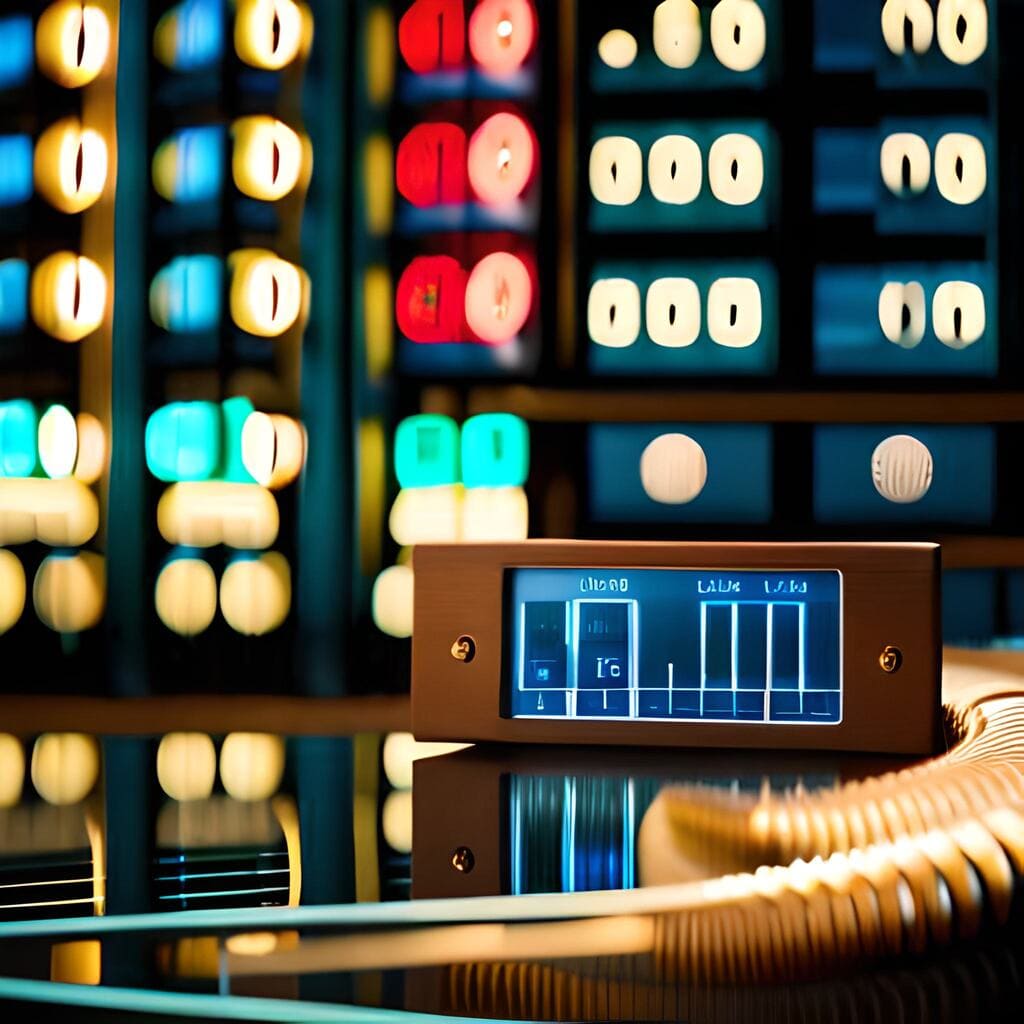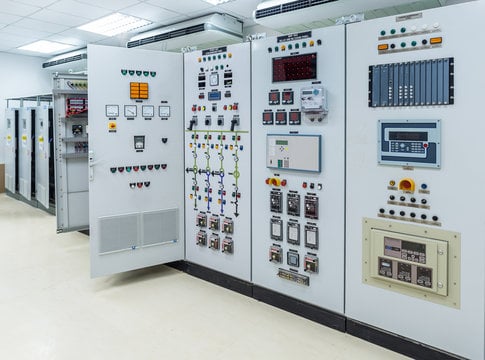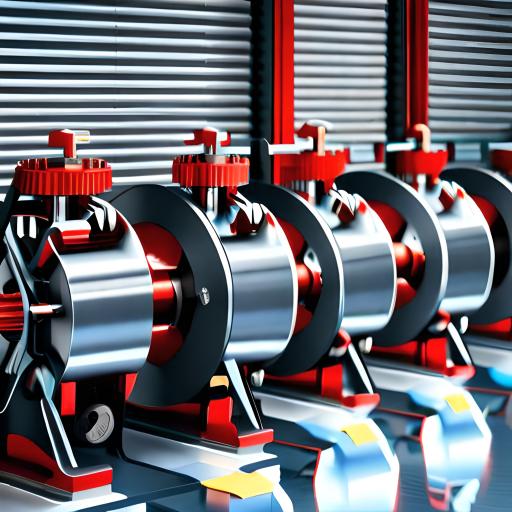The essential functionality and performance of the equipment connected to the distribution network are directly impacted by the quality of the power supply. The equipment is considered to function as intended and to have a lifespan that is roughly equal to the value stated. Additionally, it is anticipated that the network will be stable enough to guard against problems like subpar output or lost functionality. In reality, there are several problems with power quality in the power system. Regardless of how long they last, these power quality disruptions might harm your device. To avoid equipment failure, maintaining power quality is crucial.
This blog post will look at the research required to gauge the reliability and quality of power. Then, several systems and methods for assessing the effect and the regulation of power quality are looked at. Disruptions to power quality have repercussions that are not immediately noticeable, in contrast to dependability, which is concerned with lengthy power outages.
However, in other cases, a power quality interruption has an instantaneous effect due to process delays or equipment damage. This is especially valid for pauses, breaks, and transients. The impacts of the power quality disruption might not always be immediately apparent in other situations. Deterioration of the equipment is one example. Because of this, equipment damage goes uncontrolled for years. In other cases, power quality issues will lead to further losses that are seen as a necessary evil and are therefore disregarded.
The Consequences of Poor Electricity:
Direct economic effects consist of:
- Production decline.
- Additional expenses associated with restarting a process Equipment damage and repair expenses.
- Augmentation of downtime and delays.
- Human health and safety considerations.
- Costs incurred due to non-compliance with a contract.
- Financial penalties for environmental infractions.
- Increased utility costs as a result of the disruption.
Indirect economic effects consist of:
- Costs incurred by an organization due to delayed revenue or income.
- The monetary cost of market share decline.
- Costs associated with reestablishing brand value.
Socio-Economic consequences are:
- Temperature increases within a structure that compromises performance, health, or safety.
- A bodily harm or apprehension.
- Possibility of electrical hazards if the power quality issue is not identified.
Knowledge About Poor Power Quality's Sources:
- Stable voltage
- Unbalanced voltage
- harmonic voltages
- Flickering or changing voltage
- Voltage dips (also known as voltage sags) and interruptions
- Stable voltage:
- Unbalanced voltage:
- This causes a reverse torque that negatively affects bearings.
- Extra heating within the stator and rotor.
- Reduced current carrying capability of installation wires.
- The neutral conductor endures additional losses.
- Extra energy is wasted on wires.
- harmonic voltages
4. Flickering or changing voltage
Flicker is an envelope modulation of voltage waveforms. It generates cyclic changes in the light intensity of incandescent light sources. This periodic change in light output can cause a variety of health difficulties in certain individuals, ranging from discomfort and decreased productivity to migraines and, in rare cases, seizures.
- Voltage dips and Interruptions
Voltage sags and interruptions often do not cause equipment damage; however, longer disruptions frequently result in output loss owing to equipment tripping. The cost of a lengthy interruption is not proportional to its duration; rather, it may be described as a logarithmic curve. According to experts, the following elements have a significant impact on the expense of a lengthy interruption:
- According to the industry, the cost difference between a one-second, one-minute, and one-hour stoppage in continuous manufacturing is minimal.
- The day, time, and place where the event occurs (weekday, weekend, daytime, nighttime).
The value of customer reliability (VCR) of AEMO calculates the economic impact of outages on all consumers. Despite the fact that these statistics indicate the customers’ desire to pay to end an interruption, it is predicted that this willingness to pay is significantly correlated with the actual cost. According to these estimations, a one-second outage costs around 20% of the cost of an hour-long disruption.
How could issues with electricity quality be reduced?
Care Labs provides a variety of services to identify and assess power quality issues. Among them are:
- Load Flow Analysis: This study is conducted in accordance with the operational conditions. It makes estimations for system losses, voltage levels, power factors, and power flow rates.
- Harmonic Analysis: This method uses computer algorithms to identify and foresee potential harmonic problems. Based on the findings, reduction measures are also offered.
- Analysis of Transients and Surges: This study pinpoints the origins of transients and surges.
- This research would chart the value and trajectory of the voltage as well as its short-term rise and fall.
- Reactive Power Study: This analysis will determine the preferred reactive power at the distribution and load ends.
- Captive Electricity Analysis: This research would measure and synchronize captive power to satisfy demand while decreasing energy surcharges and fuel use.
For power quality analysis and evaluation, Care Labs uses the ETAP – Electrical Transient Analysis Program software. It is the best software program for carrying out calculations and simulations for all electrical system components, ensuring the safety of the machinery.
In all major cities, including Brussels, Antwerp, Liege, and Ghent, we provide power quality assessments. Care Labs is dedicated to offering the best service possible to improve the reliability and quality of your electrical system. Get in touch with us right now to arrange a power quality inspection or to get a quote!




